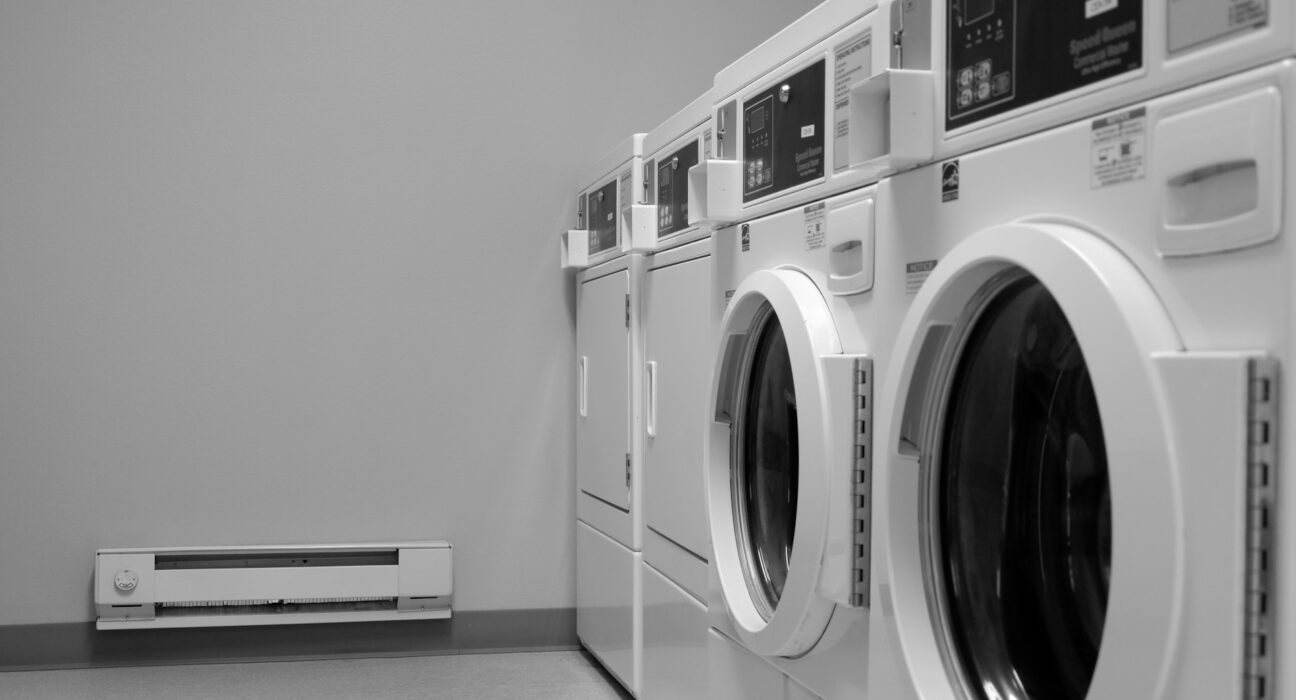Your washing machine works hard daily, tackling loads of dirty laundry and keeping your household running smoothly. Most homeowners expect their washing machine to last 10-14 years, but you can extend its life well beyond that timeframe with proper care and attention.
Understanding the right maintenance tips and knowing when to seek help from appliance repair experts can save you hundreds—or even thousands—of dollars in replacement costs. Taking proactive steps to care for your home appliances doesn’t require extensive technical knowledge or expensive tools.
Simple preventive measures, performed regularly, can prevent costly washing machine repair issues and keep your appliance running efficiently for years to come. The key lies in understanding what causes premature wear and implementing a consistent maintenance routine.
Balance Your Loads for Optimal Performance
Avoid Overloading Your Machine
One of the fastest ways to damage your washing machine is by consistently overloading it. When you cram too many clothes into the drum, several problems occur:
- The motor works harder than necessary, leading to premature wear
- Clothes don’t get properly cleaned due to restricted water circulation
- The drum bearings experience excessive stress
- Vibration increases, potentially damaging internal components
The golden rule: Fill your machine no more than two-thirds full. Your clothes should have room to move freely during the wash cycle.
Distribute Weight Evenly
Unbalanced loads cause your washing machine to work overtime. When heavy items like towels or jeans clump together on one side, the drum struggles to maintain balance during the spin cycle. This creates excessive vibration that can:
- Loosen connections and fasteners
- Damage the suspension system
- Cause premature bearing failure
- Lead to costly repairs down the line
Mix heavy and light items in each load, and always wash bulky items like comforters with smaller items to maintain balance.
Clean Your Machine Regularly
Monthly Deep Cleaning Routine
Your washing machine needs regular cleaning to prevent soap scum, mineral deposits, and bacterial buildup. Implement this monthly cleaning routine:
For Top-Loading Machines:
- Run an empty hot water cycle with 2 cups of white vinegar
- Let the machine fill, then pause for 30 minutes to let the vinegar work
- Complete the cycle and run another empty cycle with hot water only
For Front-Loading Machines:
- Clean the rubber door seal with a vinegar solution
- Run a cleaning cycle using washing machine cleaner or 2 cups of vinegar
- Leave the door open after use to prevent mold growth
Weekly Maintenance Tasks
- Wipe down the exterior with a damp cloth
- Clean the lint filter (if your machine has one)
- Check and clean the detergent dispenser drawers
- Inspect hoses for signs of wear or leaks
Use the Right Detergent and Water Temperature
Choose High-Efficiency (HE) Detergent
Modern washing machines, especially front-loaders, require HE detergent. Regular detergent creates too many suds, which can:
- Extend wash times unnecessarily
- Leave residue on clothes and machine components
- Cause mechanical problems with sensors and pumps
- Reduce cleaning effectiveness
Pro tip: Use the recommended amount of detergent—more isn’t better. Excess detergent leaves residue that attracts dirt and can cause unpleasant odors.
Select Appropriate Water Temperatures
Hot water isn’t always necessary and can actually damage both your clothes and your machine over time. Follow these guidelines:
- Cold water (60-80°F): Best for dark colors, delicates, and lightly soiled items
- Warm water (90-110°F): Ideal for permanent press fabrics and moderately soiled clothes
- Hot water (130°F+): Reserve for whites, heavily soiled items, and sanitizing loads
Using cold water for most loads reduces energy consumption and prevents unnecessary wear on your machine’s heating elements.
Inspect and Replace Hoses Annually
Check for Warning Signs
Water supply hoses are your washing machine’s lifeline, but they’re also a common failure point. Inspect hoses every few months for:
- Cracks or splits in the rubber
- Bulging or swelling sections
- Rust or corrosion on metal fittings
- Loose connections at either end
Replacement Schedule
Most appliance repair experts recommend replacing washing machine hoses every 3-5 years, regardless of their apparent condition. Rubber deteriorates over time, even when it looks fine from the outside.
Investment tip: Consider upgrading to braided steel hoses, which last longer and provide better protection against catastrophic failure.
Proper Installation Guidelines
When installing new hoses:
- Don’t overtighten connections—hand-tight plus one-quarter turn is sufficient
- Leave 4-6 inches of space between the machine and the wall
- Ensure hoses aren’t kinked or bent sharply
- Turn off the water supply valves when the machine isn’t in use
Level Your Machine and Check Connections
Importance of Proper Leveling
An unlevel washing machine creates unnecessary vibration and noise while putting extra stress on internal components. Over time, this leads to:
- Premature bearing wear
- Loose bolts and connections
- Damaged suspension systems
- Poor wash performance
Leveling Process
Use a bubble level to check your machine’s position:
- Place the level on top of the machine, front to back
- Adjust the front legs until the bubble is centered
- Check side to side and adjust as needed
- Test by gently pushing the machine—it shouldn’t rock
Secure All Connections
Regularly check that:
- Power cord connections are tight and undamaged
- Water supply connections aren’t loose
- Drain hose is properly secured and positioned
- The machine sits firmly on all four legs
Know When to Call Professional Help
Warning Signs That Require Expert Attention
While many maintenance tasks are DIY-friendly, some issues require professional washing machine repair services. Contact appliance repair experts when you notice:
Mechanical Issues:
- Loud grinding, squealing, or banging noises during operation
- The machine fails to start or complete cycles
- Water doesn’t fill or drain properly
- Excessive vibration that persists after leveling
Performance Problems:
- Clothes come out still dirty or with soap residue
- Water temperature issues despite correct settings
- Spinning problems or clothes remain very wet
- Unusual odors that persist after cleaning
Benefits of Professional Maintenance
Annual professional inspections can catch problems before they become expensive repairs. Qualified technicians can:
- Identify worn components before they fail
- Optimize machine settings for your water conditions
- Perform deep maintenance tasks beyond typical DIY capabilities
- Provide warranty-backed repairs using genuine parts
Cost-Benefit Analysis
While professional service calls cost money upfront, they often prevent much larger expenses later. A $150 maintenance visit might identify a $30 part that prevents a $500 motor replacement.
Extend Your Investment for Years to Come
Your washing machine represents a significant investment in your household’s daily operations. By implementing these maintenance tips consistently, you’re not just extending the life of your appliance—you’re ensuring it continues to clean your clothes effectively while operating efficiently.
Remember that prevention is always more cost-effective than repair. The time you invest in regular maintenance pays dividends in reduced energy bills, fewer repair calls, and delayed replacement costs. When issues do arise, don’t hesitate to consult with qualified appliance repair experts who can provide professional guidance tailored to your specific machine and circumstances.
Start implementing these strategies today, and your washing machine will reward you with years of reliable service. Your wallet—and your laundry routine—will thank you for taking these proactive steps to protect one of your home’s most essential appliances.

